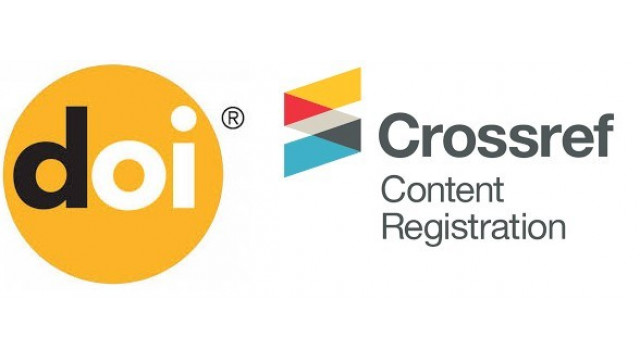Predicting Soaked and Unsoaked California Bearing Ratios Using Simple and Multiple Linear Regression Models Based on Soil Index Properties
Subgrade soils
DOI:
https://doi.org/10.71026/ls.2025.02018Keywords:
Subgrade soils, regression analysis models, SLRA, MLRA, CBRS, CBRUSAbstract
Subgrade soil is essential for the design of road structures, whether they are flexible or rigid pavements. As the foundational layer, it supports the weight of the road and the axial loads from vehicles that are considered in the design process. Additionally, a crucial aspect of road design is the investigation of subgrade soil properties. This includes sieve size analysis (% passing through the No. 200 sieve), liquid limit (LL), plastic limit (PL), plasticity index (PI), optimum moisture content (OMC), maximum dry density (MDD), and California Bearing Ratio (CBR). As we know, conducting laboratory experiments to determine subgrade soil properties is time-consuming and costly, particularly when assessing the California Bearing Ratio (CBR) value. This study aims to develop correlation formulas between soil index properties and both soaked (CBRS) and unsoaked (CBRUS), as well as the correlation between CBRS and CBRUS at 95% of MDD, using simple and multiple linear regression analysis models (SLRA and MLRA). The results indicate that, after soaking for four days at 95% of maximum dry density (MDD), the subgrade soil exhibits good to excellent properties, with CBR values ranging from 7% to 20%. In contrast, the other case shows CBR values ranging from 17% to 32%. Furthermore, the results of the simple and multiple linear regression models show strong correlations between index properties and both soaked (CBRS) and unsoaked (CBRUS) values at 95% of MDD. The correlation coefficients (R²) range from 0.71 to 0.919 for SLRA and from 0.820 to 0.936 for MLRA, indicating good to excellent correlation.




